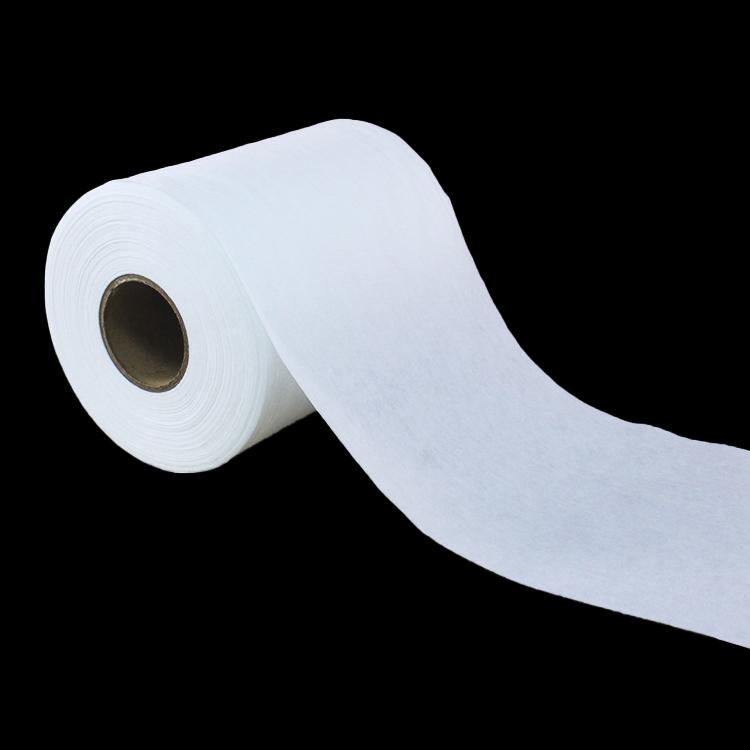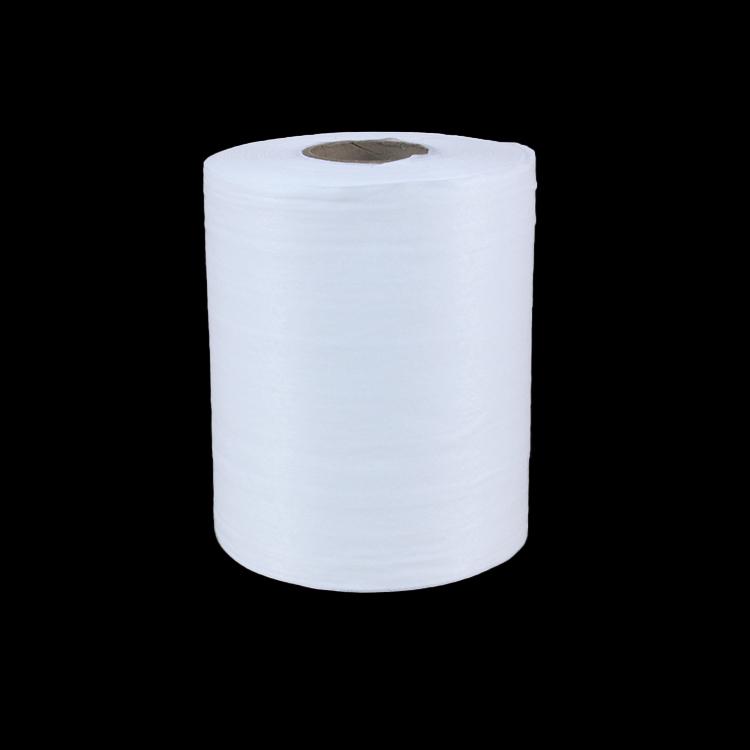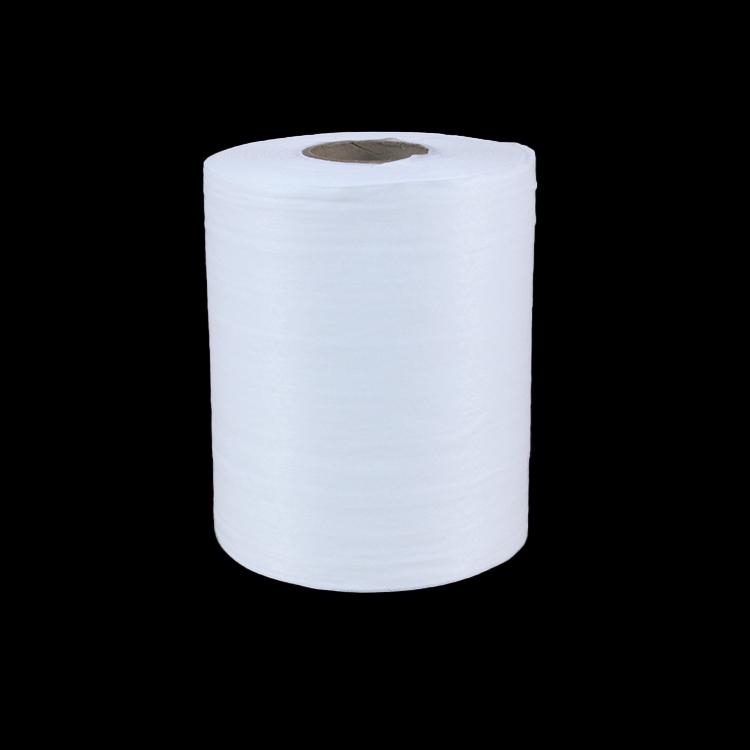Hydrophilic non woven is now widely used by many manufacturers. What is a hydrophilic non woven fabric? What kind of hydrophilic principle is it? What is the us...
Polypropylene non woven fabric is the most common and common fabric in the non-woven classification. The process is simple, the output is large, the cost is low...
Polyester non woven fabric and polypropylene non woven fabric are the more common types of non woven fabric in life, so what are the differences in their perfor...
SSS non woven fabric is a kind of non woven fabric. SSS non woven fabric weight and width can be customized. 1.SSS non woven fabric material: polypropylene 2.We...
PP spunbond non woven fabric is the most common and common fabric in the non woven classification. The process is simple, the output is large, the cost is low, ...
Rising popularity, increasing usage in the medical field, and increasing demand for polypropylene spunbond nonwoven fabric is the key factors driving the rapid ...
Q.What information do u need for diaper non woven fabric? A:You need to provide us non woven type, basic weight, width, function and quantity. ...

Plain Spunlace Nonwoven Fabric It is made of plant cellulose, poly fiber, or viscose, polyester, PLA, bamboo with hydroentangle technology.It is good at nice veins looking, softness an...

1. Spunlace non woven fabric is made by viscose and polyester. 2.Spunlace non woven fabric can be cross type or parallel type. 3.Spunlace non woven fabric can be plain or dot. 4.Applica...

Spunlacenon woven fabric in hygiene field mainly used for top sheet of variousdisposable sanitary products( sanitary napkins, panty liners, baby / adultdiapers, wet tissues, etc). Spun...
Non woven fabric rolls have different uses because of their different weights. Non woven fabrics include spunbond non woven fabrics, melt-blown non woven fabrics, polypropylene non wove...
1. The concept of release paper,back release paper Release paper is a kind of release paper that prevents the prepreg from sticking and protects the prepreg from contamination. 2. ...